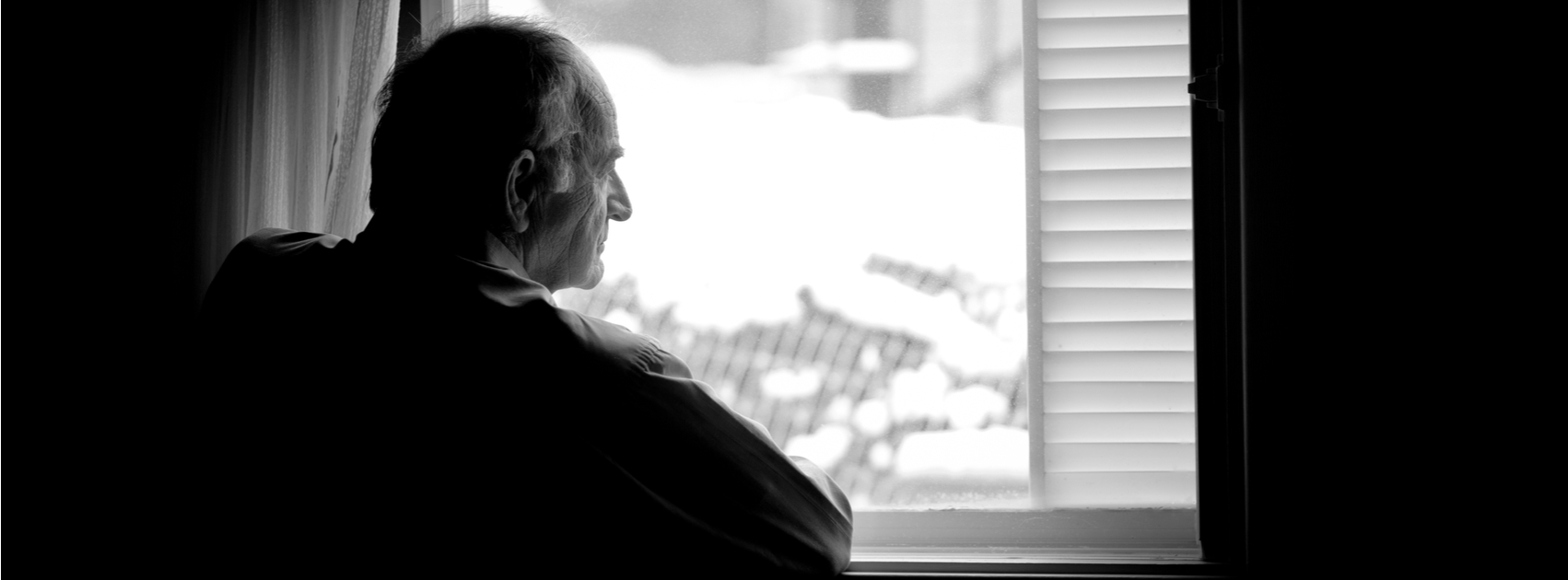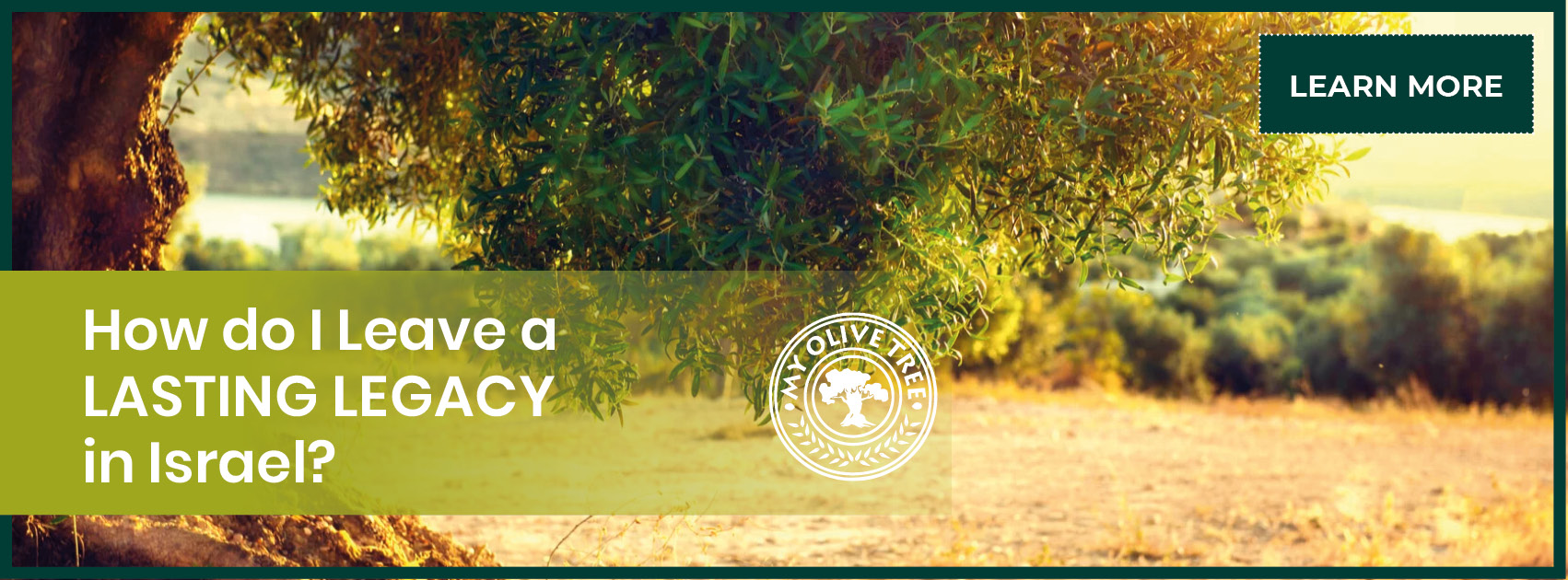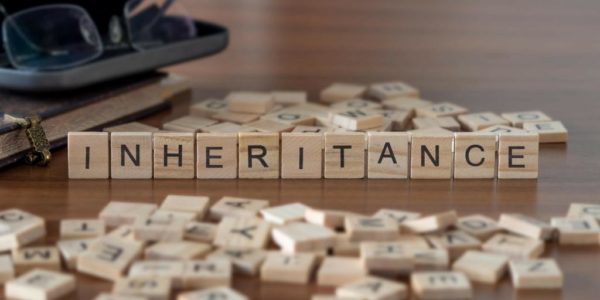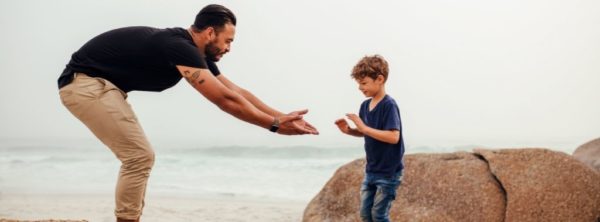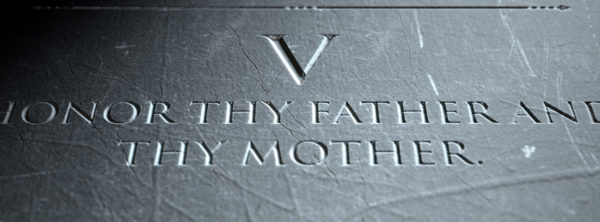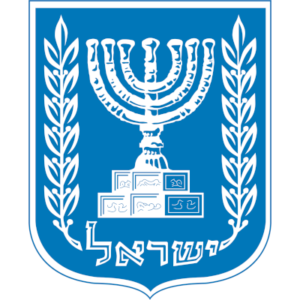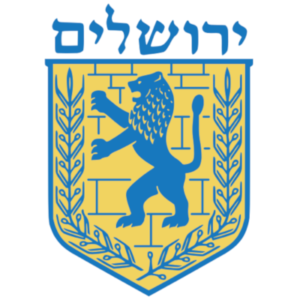On the run, searching for food, alone, and fighting to stay alive while also in hiding. Who is this describing? It could be any number of Jews who fought for survival during the Holocaust.
As the survivor population ages, there have been more and more studies about the lasting impact of the Holocaust and the emotional, psychological, spiritual, physical and relational damage it had on so many.
Meet Sonia Reich…
Sonia was not even thirteen years old when she was left alone after her family was executed during the Holocaust. From 1942 to 1954, she did all she could to survive.
Obviously, much happened during these formative years for Sonia. But she put these memories in the back of her mind and moved forward. After World War II ended, she moved to the United States, and all appeared well.
She married another Holocaust survivor and had children. Her son, Howard, described his family as living “the American Dream”—a happy marriage with children who grew up to go to college and live comfortably. They just needed the white picket fence.
It seemed Sonia had moved past the horrific years of the Holocaust and embraced the life she had in the United States. However, if you were to look closer, you would find a heavy heart.
The Time Warp after the War:
Sonia's son, Howard, remembers his mother as one who took care of everything—prepared meals, maintained the home and cared for the children.
One night in 2001, Howard received a call from the police that his mother was picked up after running from her house screaming that someone was trying to kill her.
After months of psychological testing, the strange behavior was explained. A traumatic event was the tipping point. This was somewhat of a surprise to Howard. After all, his mother was completely functional and “well” while he was growing up.
But this tipping point… should it not have come years earlier—not in Sonia’s late 60s—rather than decades after the war?
Something had caused this strange behavior, but it was a combination of the past and the present. At the age of 69, Sonia became a widow, experiencing loss once again. This was a new trauma in her life, which only opened up wounds from her past. How much more could her heart and soul take?
Sonia had great difficulty separating all the suppressed events of her early life from the recent loss of her husband. After his death, it all became a time warp in her mind. Events from the Holocaust mixed with the new stressor of the loss of a loved one, and she could not push down the torment in her mind any longer. It was like a boiling pot bubbling over, resulting in a diagnosis of PTSD (post-traumatic stress disorder).
Sonia’s Life as a Mother:
As a mother, we all worry about our children. We want to make sure they are safe when they lay down their heads at night. We double-check that they have their lunches when they head off to school, or a little bit of extra cash in their pockets as they drive off to college. But for Howard, he grew up thinking moms guarded the door all through the night.
During childhood, Howard didn't label his mother's behavior as odd. Looking back on it now, he says, ‘As we grow up, “norm” is what our parents do. I thought nothing of the fact that my mother was up all night, every night sitting on the floor of our darkened living room, looking out the window, keeping a kind of vigil, and checking the locks constantly to make sure no one could get in. I just thought that's what all moms did.’ Since Sonia maintained the home, prepared meals, got the children to school, and lived a functional life, Howard never realized that she was working very hard to suppress PTSD.”[i]
After that night in 2001, when Sonia's mind could no longer suppress the memories of hurt and pain, Howard learned about PTSD in Holocaust survivors. His mother had developed delayed-onset or late-onset PTSD. This happens when one exhibits symptoms of PTSD more than six months after the traumatic event.
What Is PTSD?
PTSD, or post-traumatic stress disorder, is an anxiety disorder. For most of us, anxiety means losing sleep at night worrying about work, our family, financial stress, or something of that nature. PTSD is different. It is the inability to recover from experiencing or witnessing a terrifying event.
More recent events, such as 9/11 and soldiers who have returned from combat, have helped researchers and doctors today better understand symptoms, identify risk factors and help those who suffer from PTSD.
Risk factors include the following:[ii]
- Level of Exposure – How long did the trauma last? Were you directly involved, did you watch it unfold, or did you hear about it?
- Intensity – What was your emotional experience during the trauma? Did you feel extreme fear? Were you trapped? Was death or extreme injury involved?
- Perception – How did you view the event as it happened?
- Access to Resources – Having the ability to process what happened with a trained therapist or in a group setting with others who have gone through the same thing can help you begin healing. In the case of a natural disaster, for example, resources to help relocate or ease financial stress are also important.
- Social Support – A social network, whether family members and friends or a therapy group, can help you feel more secure and less isolated. Suddenly losing your social network—which often happens when people are forced to relocate after natural disasters—can raise your risk of PTSD.
You can see now how Sonia's experience led to PTSD. It seems every risk factor listed here intertwined into Sonia's life for years: the horrifying scenes of death, the constant threat of losing her life—while being a pre-teen—and the lack of social support during the Holocaust, as her family had all died.
PTSD in Holocaust survivors is not uncommon. But one thing has helped these precious lives during their later years—receiving loving support and finding meaning and purpose.
For the Jewish people, it is their dream to return to their homeland of Israel. In their culture, planting trees to honor a life speaks volumes. It is a way to leave a legacy that goes on for generations.
Finding Support and Meaning for Holocaust Survivors…
Where does your support come from? How do you find meaning in life? For most of us, we lean on family and friends for support. We find meaning when we discover our purpose and do something for someone else.
For the Holocaust survivors, support comes when they gather together for meals. They may no longer have family or close friends, but they have the gift of fellowship with others who understand their pain.
When the survivors still alive today remember those whom they lost in the Holocaust or other survivors who have since passed on, the wounds of the war and concentration camps are reopened.
But what if you could stand with them and support them through those memories… would you?
Sponsoring a tree may seem to us like an impractical way to help them heal, but to these survivors, they want to see legacies planted and lives honored.
They want to see their homeland—that they fought so hard to claim—thriving just as the generations long ago had seen. The land of milk and honey will be restored, and they know this in their heart.
Can we give them the honor of seeing this vision come to fruition in their lifetime?
When you sow into a life that has been through so much, there can never be enough “thank-yous” to express the gratitude these older survivors feel.
Their faces glow with joy and their eyes fill with tears when they hear about one more person who has chosen to stand with them and their nation.
So, “Thank You” for your support, from the many Holocaust survivors who—because of you—are able to leave the legacy they have dreamed of in the Promised Land. You have planted a seed of meaning and purpose in their lives.
[i] https://www.anxiety.org/holocaust-survivors-trauma-ptsd-yom-hashoah
[ii] https://www.everydayhealth.com/ptsd/causes-risk-factors-when-seek-help/
